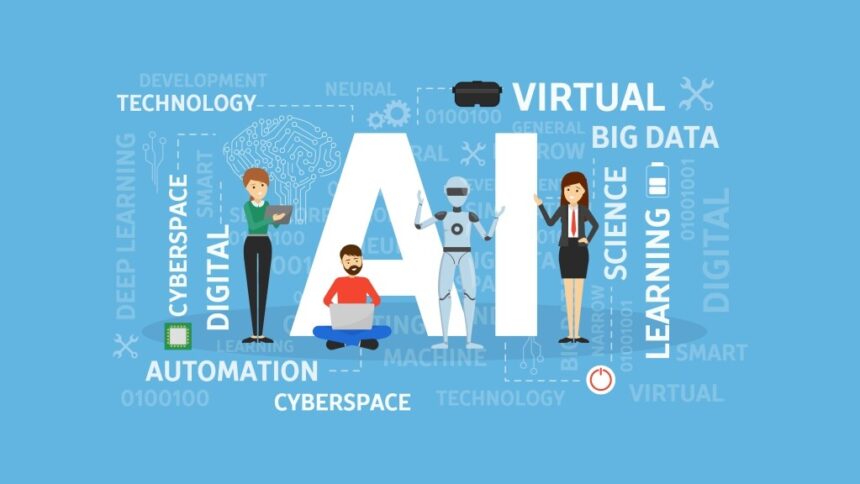The goal of every brand is to optimize the customer experience in a way that contributes to more conversions and higher revenue.
And while past marketing automation platforms have done a solid job of this, the new technological capabilities provided by artificial intelligence (AI) and virtual reality (VR) have given way to new and improved possibilities.
Both AI and VR offer potential that we simply have not seen in the digital marketing world.
But as brands begin to understand their potential and see the direct impact that these new technologies can have on their bottom line, there’s little doubt that more and more businesses will welcome AI and VR with open arms.
To give you a better idea how exactly these technologies are changing the business landscape, let’s take a look at a few ways AI and VR enhance business.
1. Offering Behavioral Customer Data
Developing customer profiles has always played an important role in creating content that resonates with your target market.
In the past, however, brands have been relegated to using basic traits like demographics and preferences to create personas.
Advanced AI has changed this dynamic completely.
SaaS marketing automation platforms like GetResponse, for example, have given way to a new era of marketing automation. Brands can now go beyond demographics and gather advanced data on specific traits like engagement, recent behavior, lifetime value, and more.
With this advanced data provided by machine learning, businesses have the opportunity to use email automation to deliver hyper-targeted messages to leads.
And as would be expected, this is leading to much higher conversion rates.
2. Providing an Emotional Experience
Invoking emotion has long played a role in the sales world.
In the past, however, creating an emotional connection between your customer and your brand was only possible through words.
With virtual reality, brands can provide customers with an immersive experience where they feel an immediate connection to a product or service.
And when combined with the advanced behavioral data offered by machine learning, the conversion potential is unmatched.
3. Delivering the Right Content at the Right Time
We know that personalization improves conversions no matter what type of digital marketing strategy you’re using.
But simple strategies like including the recipient’s name in an email doesn’t exactly do the job when it comes to truly connecting with a customer.
That’s where AI comes in. By understanding advanced behavioral data about an individual customer, we now have the ability to deliver the right content to the right person at the right time.
It’s no longer about simple email templates, which aren’t as personalized as we’d like to believe. We now have real, detailed data to create a truly connected interaction.
And while we haven’t reached the point where we can actually get into the minds of customers, machine learning has brought us closer to being able to give the customer what they want, when they want it.
4. Free Up Teams through Automation
Customer service teams of today have never been more inundated with requests due to the multitude of channels customers use to communicate. Chat, phone, email and social media just to name a few.
Giving service reps the customer data they need in real time along with automating repetitive tasks is the only way that brands can keep up with the deluge.
Automation is only effective when it can be combined with intelligence. This is where big data comes into play. For example, customer service teams can now use service management platforms to gain a holistic view of past customer issues, where they currently stand in the queue and automatically offer solutions before a customer service rep even communicates.
This level of intelligence significantly increases productivity while giving the customer a much more personalized experience.
The Challenges Moving Forward
Using AI and VR to enhance your business does not come without its fair share of challenges.
With this technology, brands are being forced to leave behind methods they’ve used and understood for years.
As would be expected, this transition can be uncomfortable.
But while there is certainly a learning curve to combining the power of AI and VR with marketing automation, there has never been a greater opportunity for brands to truly connect with their customers.
In the end, AI and VR are providing a brighter future for marketing.
Are you ready to step in and take advantage?






